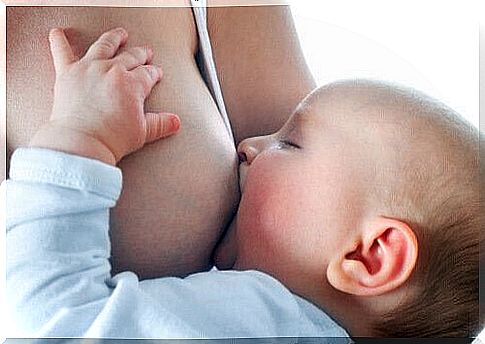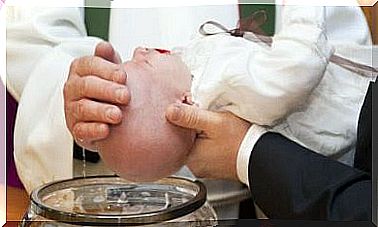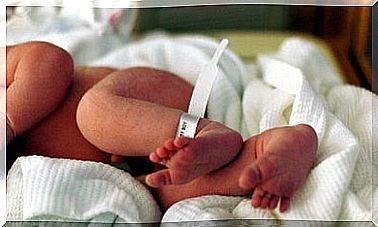The Wonder Of Breastfeeding: How Breast Milk Is Produced

Have you ever wondered how breast milk is produced?
The birth of a child is a miracle of human nature. Fertilization, pregnancy and childbirth are miracles in their own right.
But there is another miracle that happens in a woman’s body after her baby is born: She begins to produce milk.
The breasts are glands in the female body that consist mainly of adipose tissue. Within this tissue, all the breast milk that a baby needs is produced.
You have probably at some point wondered how breast milk is produced and here we will give you the answers!
How breast milk is produced
This source of nutrition comes from specific cells called alveoli. The milk flow flows through special passages, called milk ducts, towards the breast, where it is stored.
In particular, the milk is stored just behind the nipple – the darkly pigmented area around the nipple.
The ability to breastfeed has nothing to do with the size of a woman’s breasts or the size of her nipples.
Size usually has to do with hereditary factors that determine the number of sebaceous glands a woman has.
Furthermore, women’s breasts grow during pregnancy, and enlarge even more during breastfeeding.

What happens inside a woman’s breasts?
The important changes that occur inside a woman’s breasts are not visible to the naked eye.
The development of the placenta gives rise to the production of several substances, such as progesterone and estrogen.
The purpose of these substances is to stimulate the mother’s entire biological system. This makes milk production possible.
Among the glandular tissue and through a large number of fat cells in the breasts, there is a network of channels. These milk ducts increase both in number and size as a result of the hormones released during pregnancy.
Within this network, the channels can be divided into smaller and smaller channels. At the end of these smaller channels are the alveoli, which resemble bunches of grapes.
These alveoli are what take everything needed from the mother’s blood to produce milk. Her blood transports sugar, fats and proteins there.
When breast milk is produced, a network of small muscles pushes this natural product out towards the fine canals.
They are the same small muscles that are responsible for squeezing the glands to stimulate the expulsion of breast milk.
This complex system of channels directs the breast milk towards a larger channel, where it is stored.
When is breast milk produced?
Experts assure us that the network of channels described above develops during the third trimester of pregnancy. This makes it possible to breastfeed your baby even if it is born prematurely.
Between two and four days after birth, breast milk production increases significantly.
When a woman’s body prepares for milk production, a larger amount of blood is sent to the inside of the alveoli. This explains why women’s breasts become firmer and larger.
The swelling of blood vessels in the breast, together with an abundant milk production, causes new mothers to experience pain and pressure.
However, frequent breastfeeding during the first few days of a newborn’s life will help alleviate these symptoms.

Colostrum
During the first days of milk production, a woman’s breasts secrete colostrum or colostrum. This yellowish, thick liquid has a very low fat content and a very high protein content. This is the baby’s nutrition during the first days after birth.
The content of colostrum helps the newborn to poop for the first time and helps prevent jaundice. In addition, colostrum is a virtual magic potion of immune-boosting substances and antibodies that protect the baby against diseases.
There are women who experience the secretion of colostrum already during the last weeks of pregnancy. In fact, some women even start producing colostrum as early as the second trimester.
Colostrum, also known as “colostrum”, is formed when the alveoli begin to fill and flow. The result is a very easily digestible fluid that reaches the nipples via the milk ducts.
When a baby sucks on the nipple, the mother’s pituitary gland is stimulated. As a result, the gland releases oxytocin and prolactin. Oxytocin is responsible for activating the breasts.
When a woman is breastfeeding, the baby’s sucking mouth presses down on the nipple and areola.
This compression starts an expulsion reflex in the mother’s breast and the milk squirts out. This mechanism allows the milk to reach the baby’s mouth.
Now you know how breast milk is produced. Sure, it’s fascinating!









